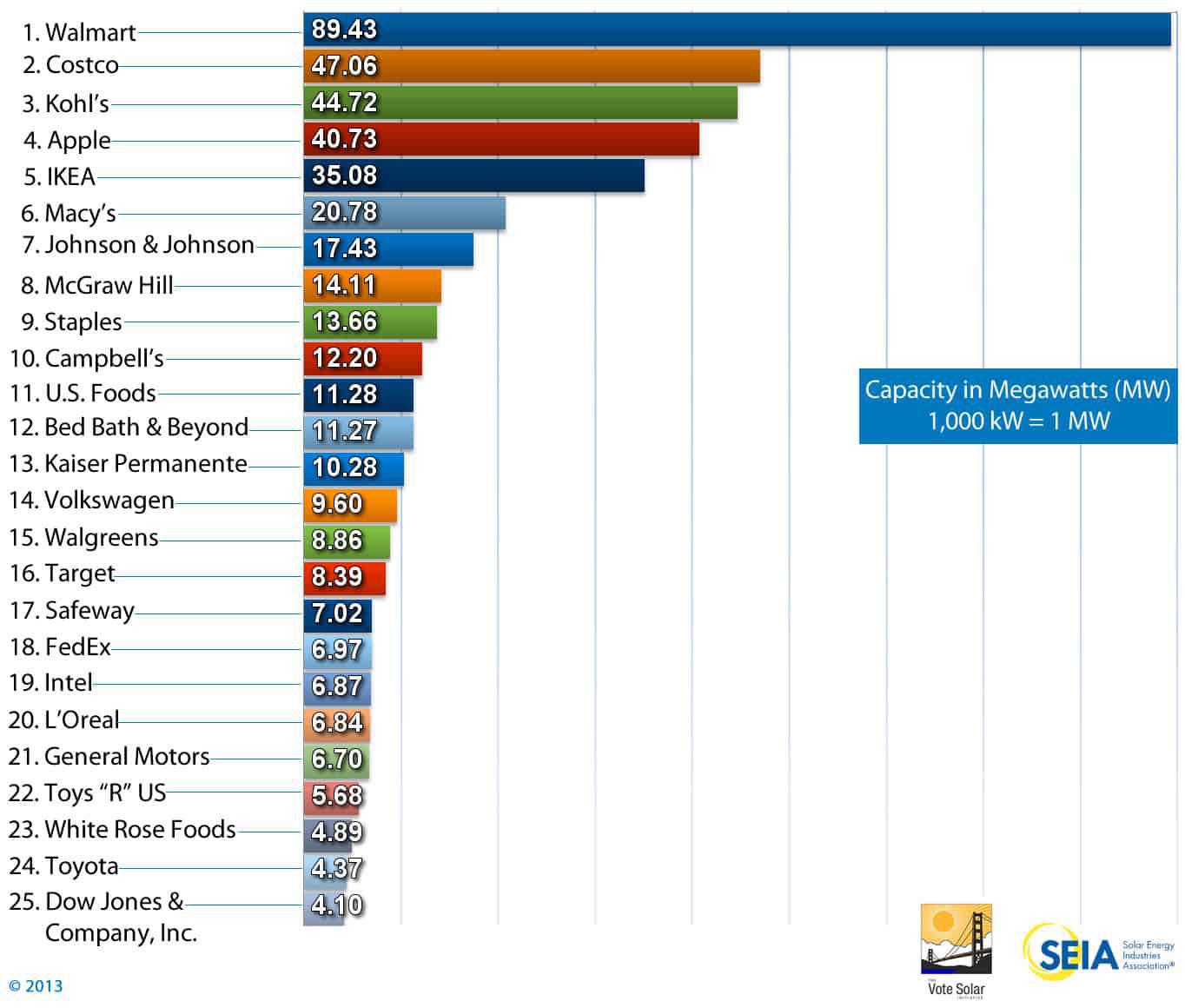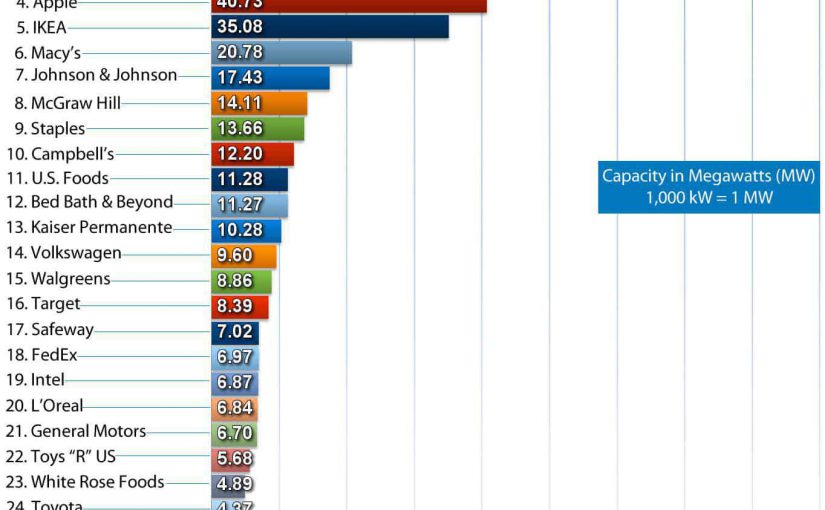
Which states go after California’s emission and zero-emission vehicle rules?
2017 Chevrolet Volt
California leads the nation in policies that promote reductions of carbon emissions from road vehicles.
It is unique in having a federal waiver that permits it to set its own, stricter emissions standards, along with a zero-emission vehicle mandate that requires automakers reaching certain sales volumes to sell a certain number of cars without tailpipes.
And where California leads, other states have followed.
Thirteen states — mostly in the Northeast and Northwest —and the District of Columbia have adopted California’s stricter emissions standards, many of which also participate in the zero-emission vehicle mandate.
Known as “Section 177” states, those thirteen are: Connecticut, Delaware, Maine, Maryland, Massachusetts, Fresh Jersey, Fresh Mexico, Fresh York, Oregon, Pennsylvania, Rhode Island, Vermont, and Washington.
Arizona adopted California’s standards in 2008, but the state repealed them as soon as Governor Jan Brewer took office in January 2012.
2017 Nissan Leaf
Nine of those states also participate in the mandate to increase sales of zero-emission vehicles: Connecticut, Maine, Maryland, Massachusetts, Fresh Jersey, Fresh York, Oregon, Rhode Island, and Vermont.
Together, the nine “ZEV states” and California represented twenty eight percent of new-car registrations in the U.S. in 2015, according to Automotive News (subscription required).
But while the nine states are nominally included in the ZEV mandate, automakers do not generally treat them differently than ones that are not.
That’s because of a “travel provision” in the ZEV rules through two thousand eighteen that essentially permits carmakers to earn ZEV credits in every state for a zero-emission vehicle that’s sold in any ZEV-Program state.
That means sales are still largely concentrated in California, which has the most generous incentives and the most expansive charging infrastructure of any state.
California buyers can choose from a much larger selection of plug-in cars than those in other states — even those states with their own ZEV mandates.
Sales of hydrogen fuel-cell vehicles are also limited to California at this time, as it is the only state with any substantial fueling infrastructure.
2013 Honda Fit EV drive event, Pasadena, CA, June 2012
But the ZEV mandate has had some influence on electric-car sales outside California.
The discontinued Honda Fit EV and Chevrolet Spark EV — both “compliance cars” built solely to please the mandate — were eventually made available in at least one or two other states.
Markets for certain limited-volume electrical cars — such as the Mercedes-Benz B250e and the Volkswagen e-Golf — also harshly correspond to the ZEV contingent.
Because the California standards are the only alternative to federal standards that states may adopt, carmakers have a relatively large, stable bloc to plan emissions compliance around.
The continued existence of separate emissions standards for California and its followers relies on waivers granted by the EPA.
To date, requests for approval or renewal of those waivers have never been denied by the agency.
U.S. Capitol Building
However, the current administration is expected to take environmental policy in a radically different direction than its predecessor.
The current EPA administrator, Scott Pruitt, denies accepted climate science and sued the EPA more than a dozen times in his previous position as Oklahoma attorney general.
Thus far, the EPA has not taken any public position on the continuation or revocation of California’s emissions waiver.
Unattributed latest media reports, however, have indicated that the EPA plans to attack the waiver, to eliminate California’s capability to set its own emission standards.
Which states go after California s emission and zero-emission vehicle rules?
Which states go after California’s emission and zero-emission vehicle rules?
2017 Chevrolet Volt
California leads the nation in policies that promote reductions of carbon emissions from road vehicles.
It is unique in having a federal waiver that permits it to set its own, stricter emissions standards, along with a zero-emission vehicle mandate that requires automakers reaching certain sales volumes to sell a certain number of cars without tailpipes.
And where California leads, other states have followed.
Thirteen states — mostly in the Northeast and Northwest —and the District of Columbia have adopted California’s stricter emissions standards, many of which also participate in the zero-emission vehicle mandate.
Known as “Section 177” states, those thirteen are: Connecticut, Delaware, Maine, Maryland, Massachusetts, Fresh Jersey, Fresh Mexico, Fresh York, Oregon, Pennsylvania, Rhode Island, Vermont, and Washington.
Arizona adopted California’s standards in 2008, but the state repealed them as soon as Governor Jan Brewer took office in January 2012.
2017 Nissan Leaf
Nine of those states also participate in the mandate to increase sales of zero-emission vehicles: Connecticut, Maine, Maryland, Massachusetts, Fresh Jersey, Fresh York, Oregon, Rhode Island, and Vermont.
Together, the nine “ZEV states” and California represented twenty eight percent of new-car registrations in the U.S. in 2015, according to Automotive News (subscription required).
But while the nine states are nominally included in the ZEV mandate, automakers do not generally treat them differently than ones that are not.
That’s because of a “travel provision” in the ZEV rules through two thousand eighteen that essentially permits carmakers to earn ZEV credits in every state for a zero-emission vehicle that’s sold in any ZEV-Program state.
That means sales are still largely concentrated in California, which has the most generous incentives and the most expansive charging infrastructure of any state.
California buyers can choose from a much larger selection of plug-in cars than those in other states — even those states with their own ZEV mandates.
Sales of hydrogen fuel-cell vehicles are also limited to California at this time, as it is the only state with any substantial fueling infrastructure.
2013 Honda Fit EV drive event, Pasadena, CA, June 2012
But the ZEV mandate has had some influence on electric-car sales outside California.
The discontinued Honda Fit EV and Chevrolet Spark EV — both “compliance cars” built solely to sate the mandate — were eventually made available in at least one or two other states.
Markets for certain limited-volume electrified cars — such as the Mercedes-Benz B250e and the Volkswagen e-Golf — also toughly correspond to the ZEV contingent.
Because the California standards are the only alternative to federal standards that states may adopt, carmakers have a relatively large, stable bloc to plan emissions compliance around.
The continued existence of separate emissions standards for California and its followers relies on waivers granted by the EPA.
To date, requests for approval or renewal of those waivers have never been denied by the agency.
U.S. Capitol Building
However, the current administration is expected to take environmental policy in a radically different direction than its predecessor.
The current EPA administrator, Scott Pruitt, denies accepted climate science and sued the EPA more than a dozen times in his previous position as Oklahoma attorney general.
Thus far, the EPA has not taken any public position on the continuation or revocation of California’s emissions waiver.
Unattributed latest media reports, however, have indicated that the EPA plans to attack the waiver, to eliminate California’s capability to set its own emission standards.

